French nightclubs by day, suburban housing and a replica Paris in China
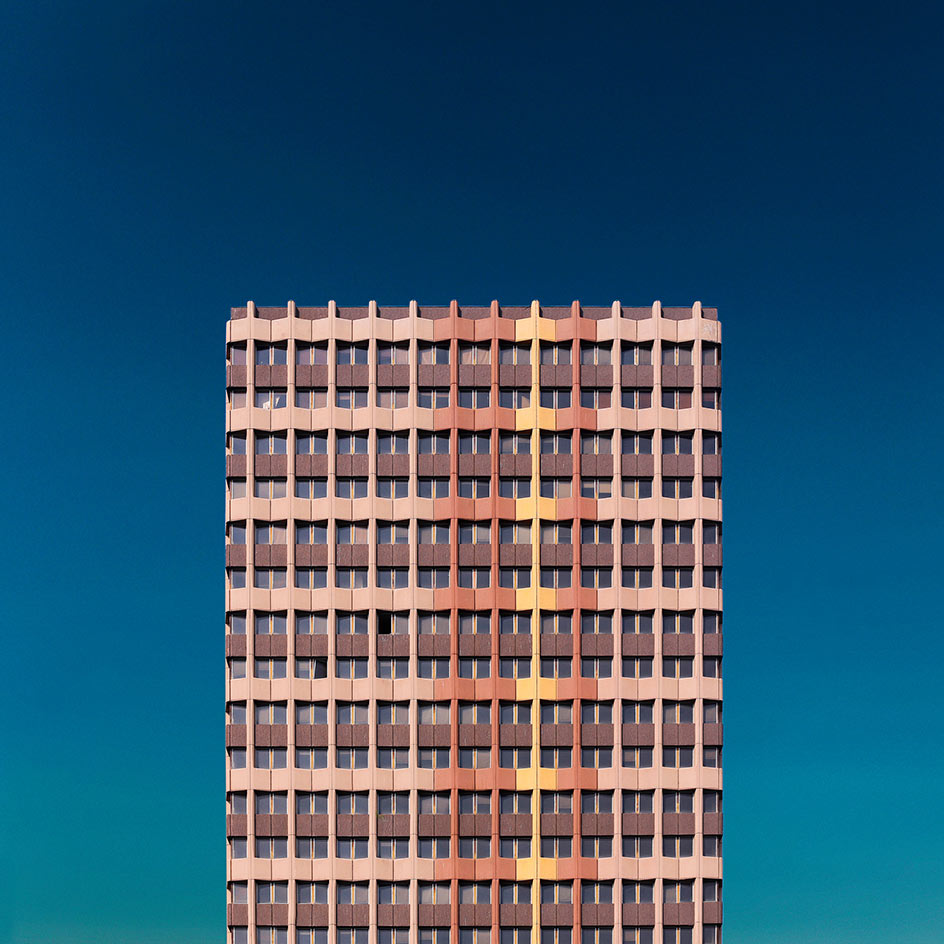
Paris syndrome is a genuine mental disorder experienced by some tourists on arrival in the French capital. The first documented case of the culture shock sickness was recorded by professor Hiroaki Ota in 1986, when it manifested itself in a Japanese visitor who was deeply perturbed by the reality of the city. Anyone who has booked a dud Airbnb, or been on a Tinder date can surely relate.
It is also the title of a series by the French photographer François Prost, whose first solo exhibition, ‘Photo Stories’, opens on June 7 at Superette Gallery, Paris. In his photographs, Prost presents pictures of Tianducheng – a replica Paris in the suburbs of Hangzhou, China – side by side with the original. It’s a game of spot-the-difference, irreverent and droll.
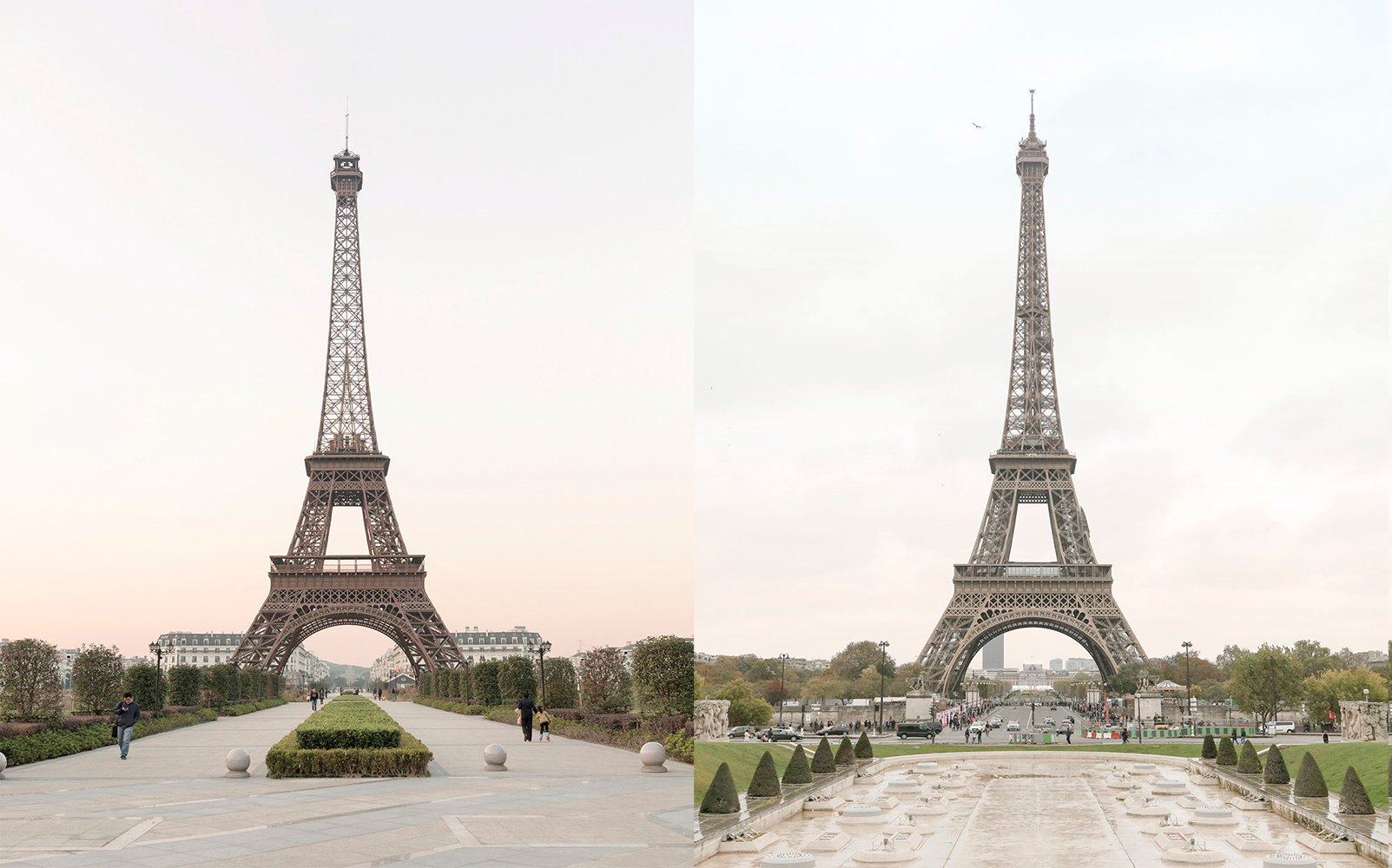
China’s replica Eiffel Tower pictured left alongside the Eiffel Tower in France, from the series Paris Syndrome
But there’s also something disturbing in it: the disconnect that happens when an image confronts reality, as the syndrome proves, is sometimes dramatic enough to destabilise you completely. It’s a particularly millennial problem, as Prost – who is also a graphic designer and art director – seems to acknowledge. This questioning is at the crux of his photography, perhaps also pondering his own position in creating the illusion of visual culture.
As in Paris syndrome, in two of the series on show at Superette, After Party (a selection of 20 from 200 photos of French nightclubs, shot in daylight by Prost) and Faubourg (minimal depictions of the facades of Île-de-France suburban housing complexes built in the 1960s as part of the utopian social ideology of a Grand Paris), we encounter this in architecture. The pulsating, erotically-charged allure of a nightclub looks dishevelled the morning after. The Faubourg images, meanwhile, present the neat structures of the buildings, standing proudly against the sky – but to a local viewer, its the surroundings and, as Prost puts it ‘their somewhat sulphurous reputation’, that comes to mind.
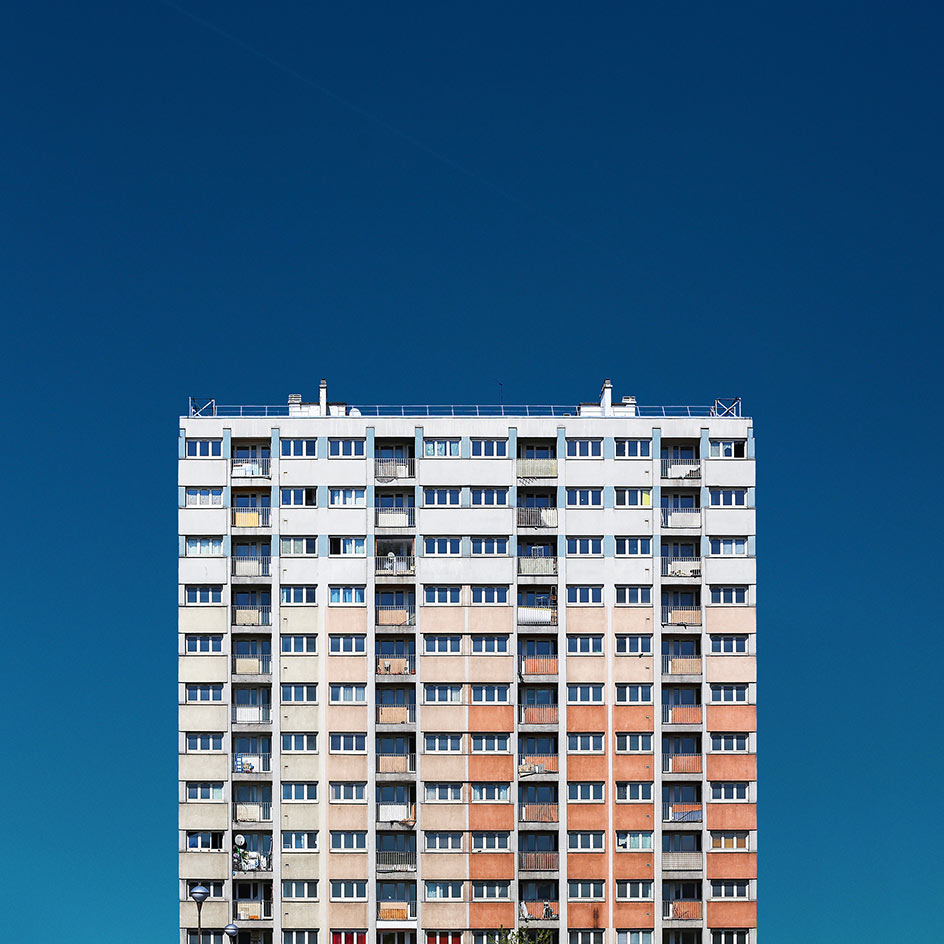
17 Porte de Saint-Ouen, from the series Fauborg
Prost’s narrative, documentary style moves from architectural edifices to people in the compelling Champs-Élysées. Photographing one of the most photographed tourist sites in the world in a unique manner isn’t an easy challenge, but Prost gives us his own spin: positioning himself at Place Charles de Gaulle with a paparazzi-esque flash, the artist snapped tourists as they descended their buses.
‘The tourists are thus [frozen], taken by the camera flash before even having set a foot on the ground,’ he explains. ‘Highlighting the exceptional and historic moment of their scale and what they are about to live, this process echoes the excessive manner in which these places are photographed every day.’ What the pictures don’t reveal, but one might wonder, is how many of these starry-eyed travellers were later struck with Paris syndrome.
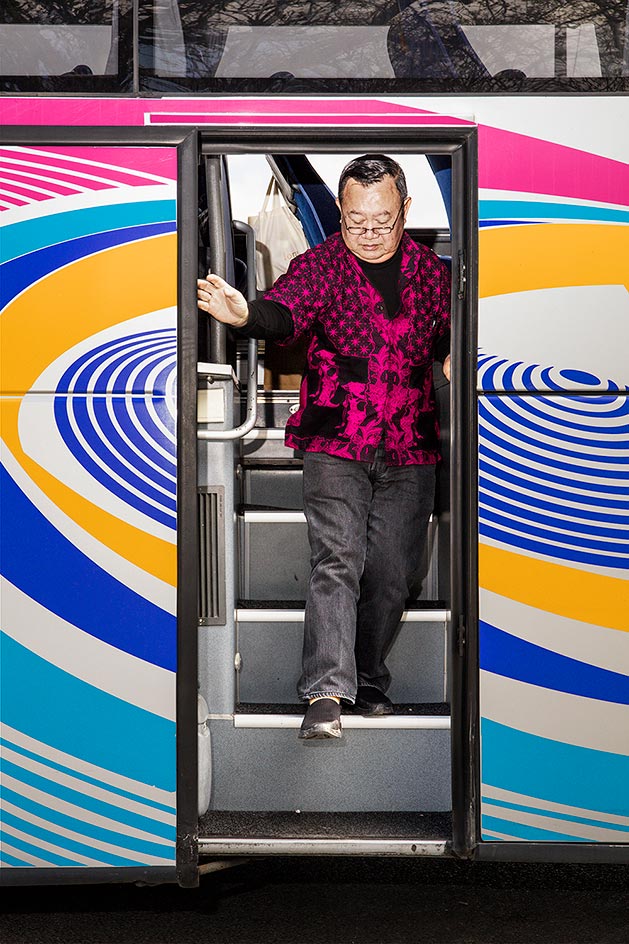
From the series Champs-Élysées.
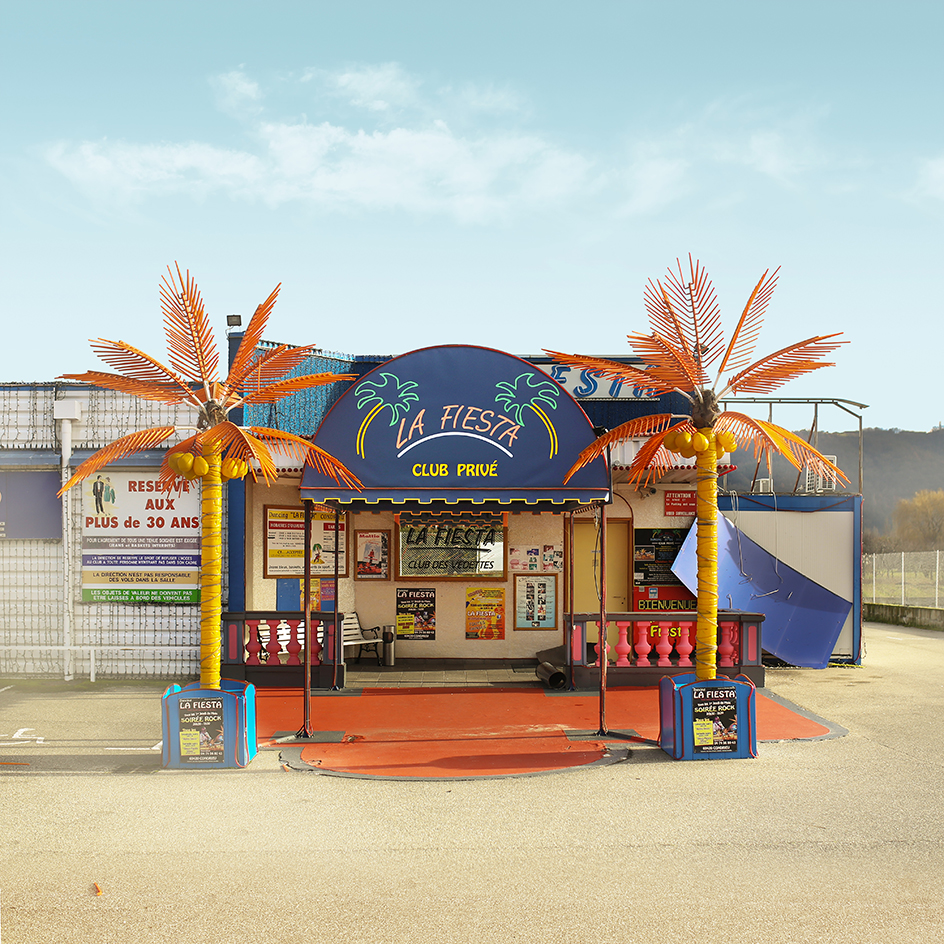
La Fiesta Club Privé, from the series After Party.
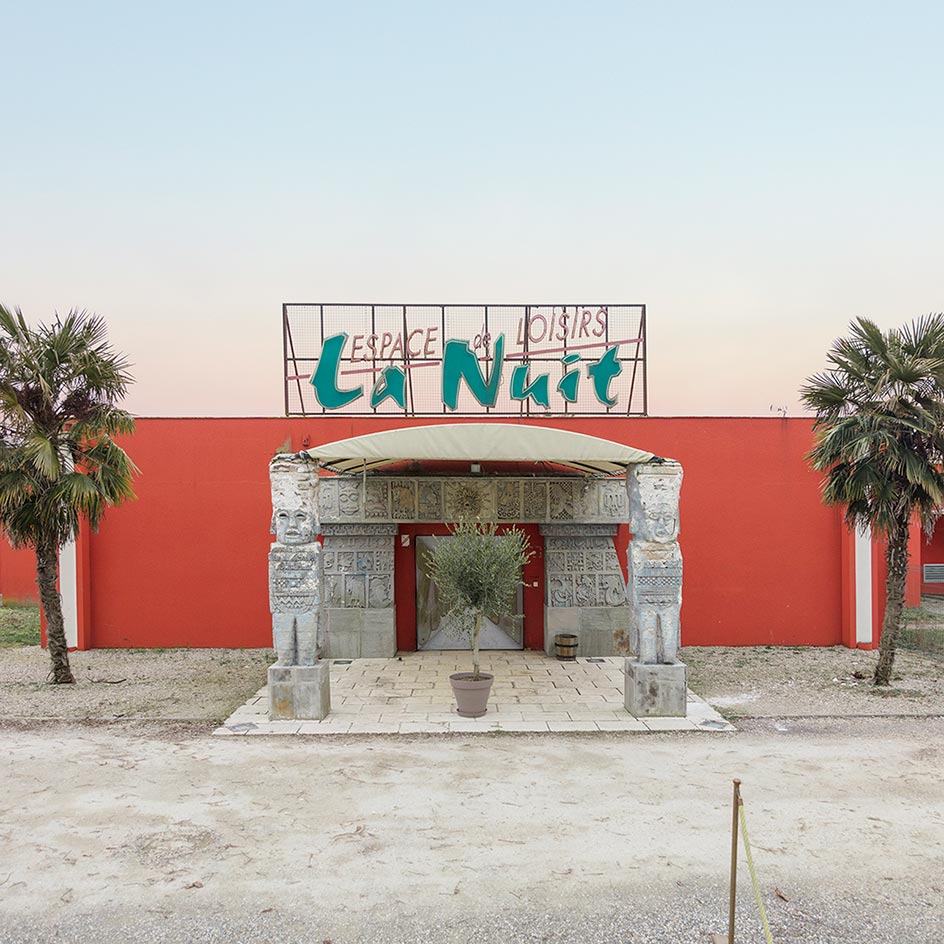
La Nuit, from the series After Party.
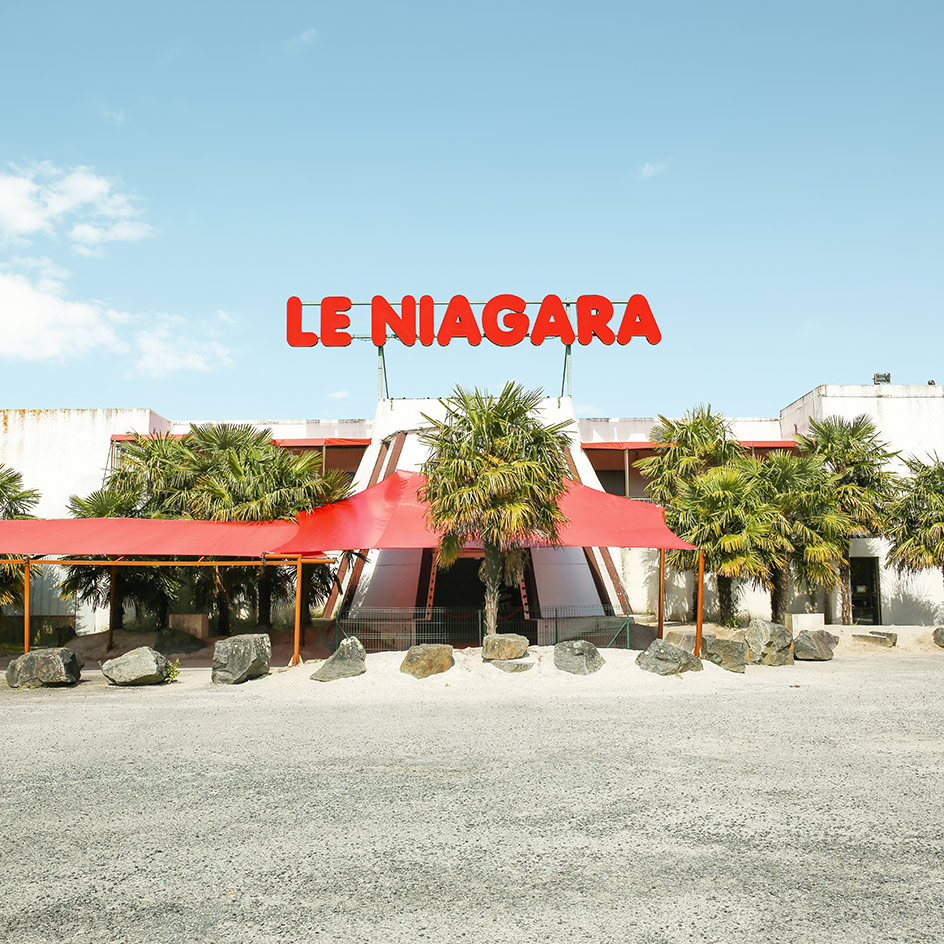
Le Niagara, from the series After Party
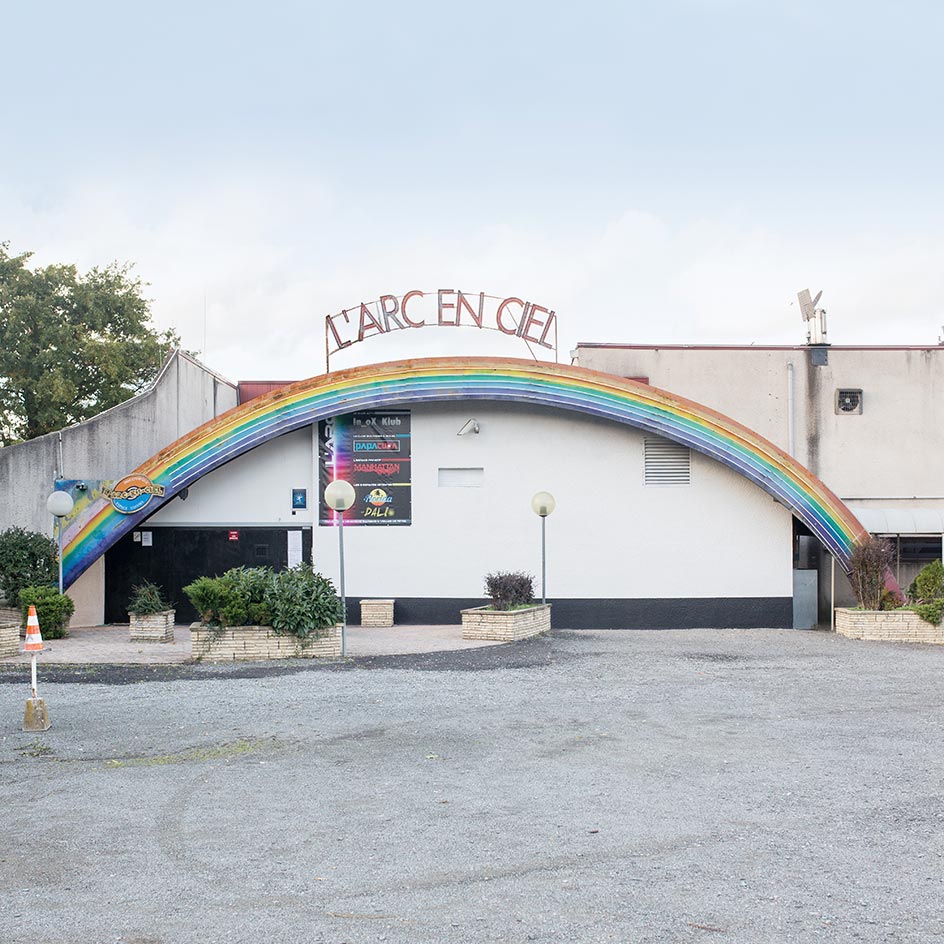
L’arc en Ciel, from the series After Party
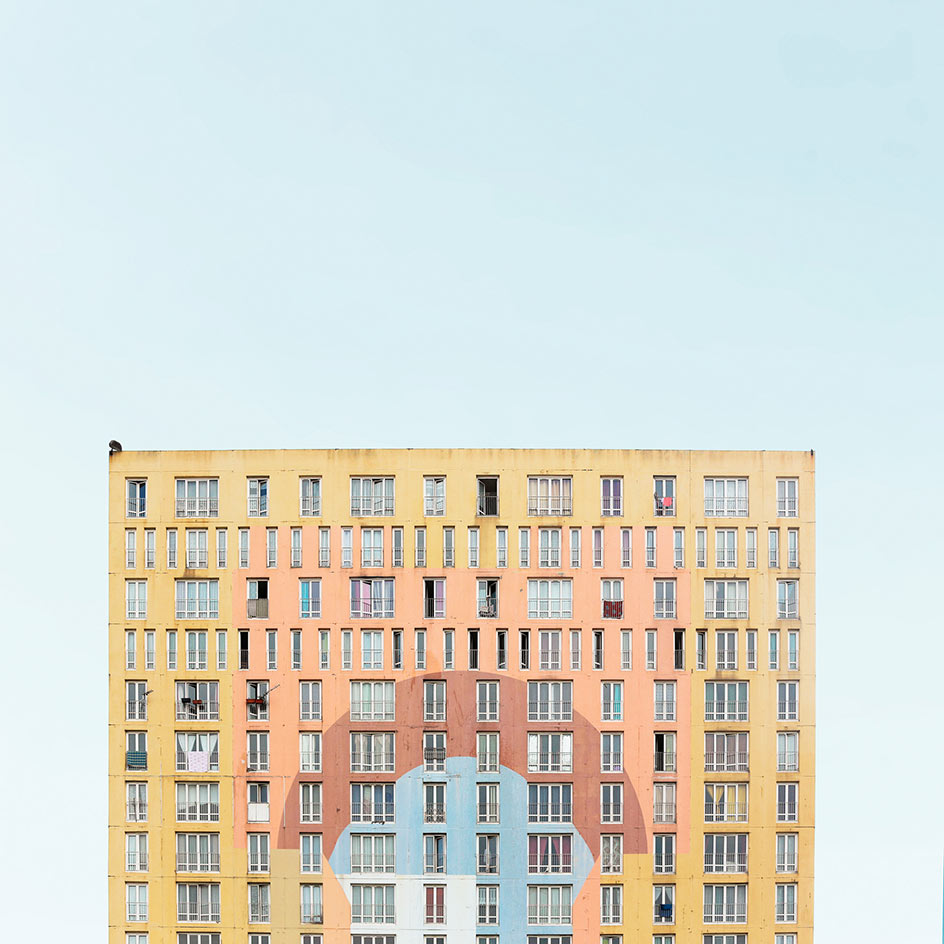
93 Clos Saint-Lazare à Stains, from the series Fauborg.
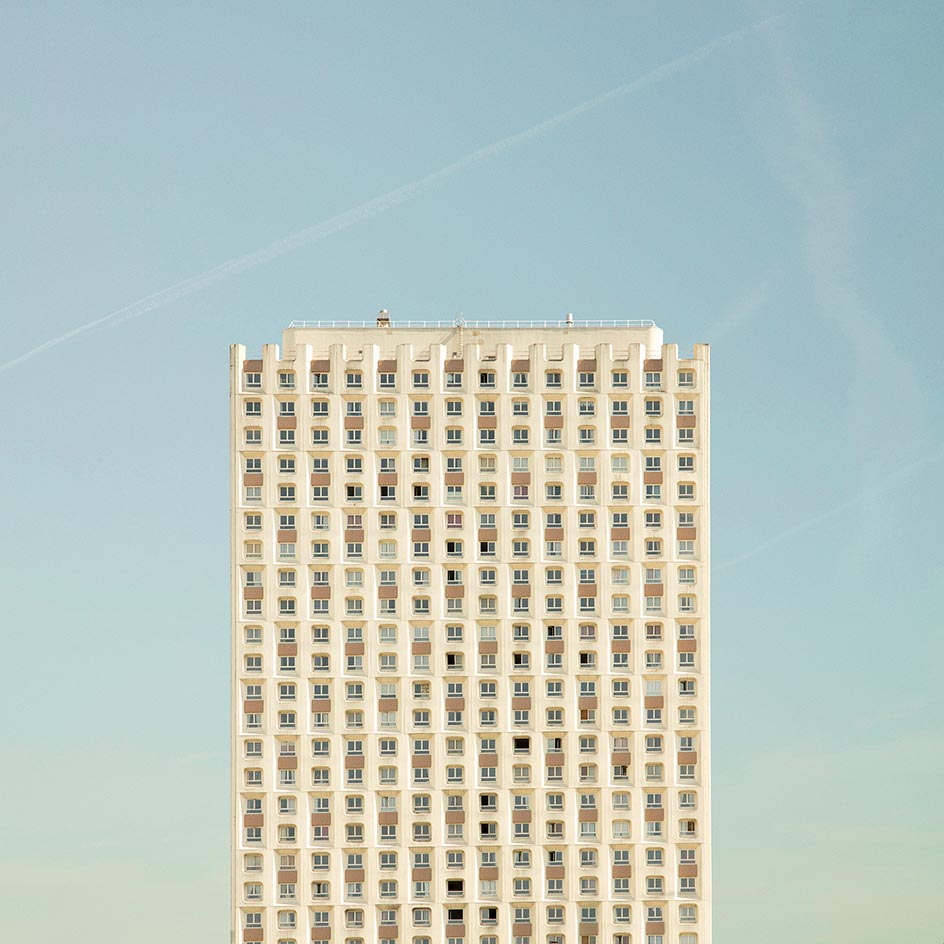
Banane, from the series Fauborg
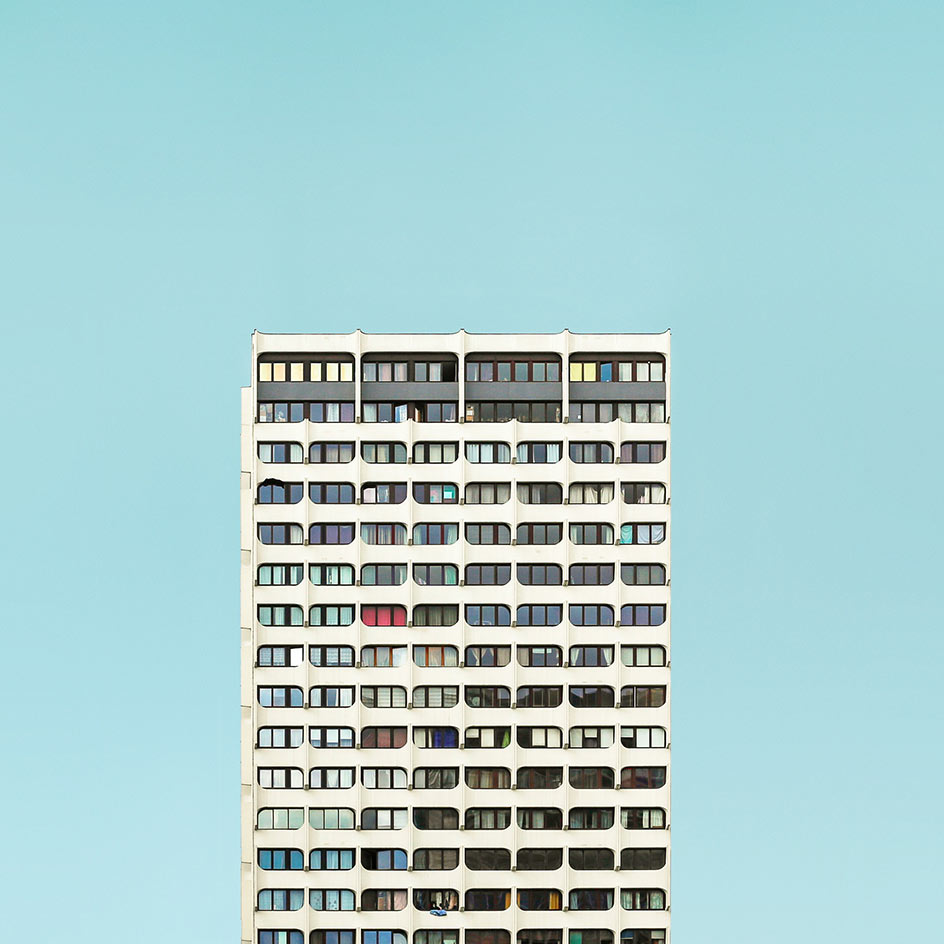
From the series Fauborg.
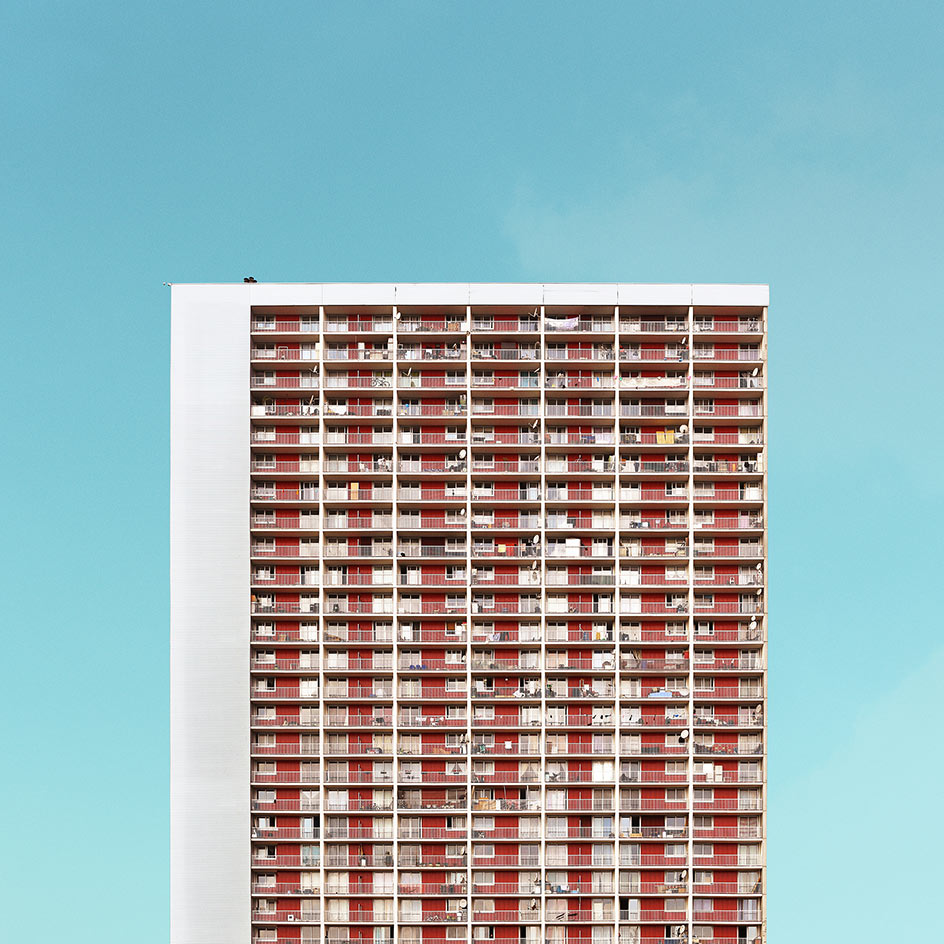
From the series Fauborg.
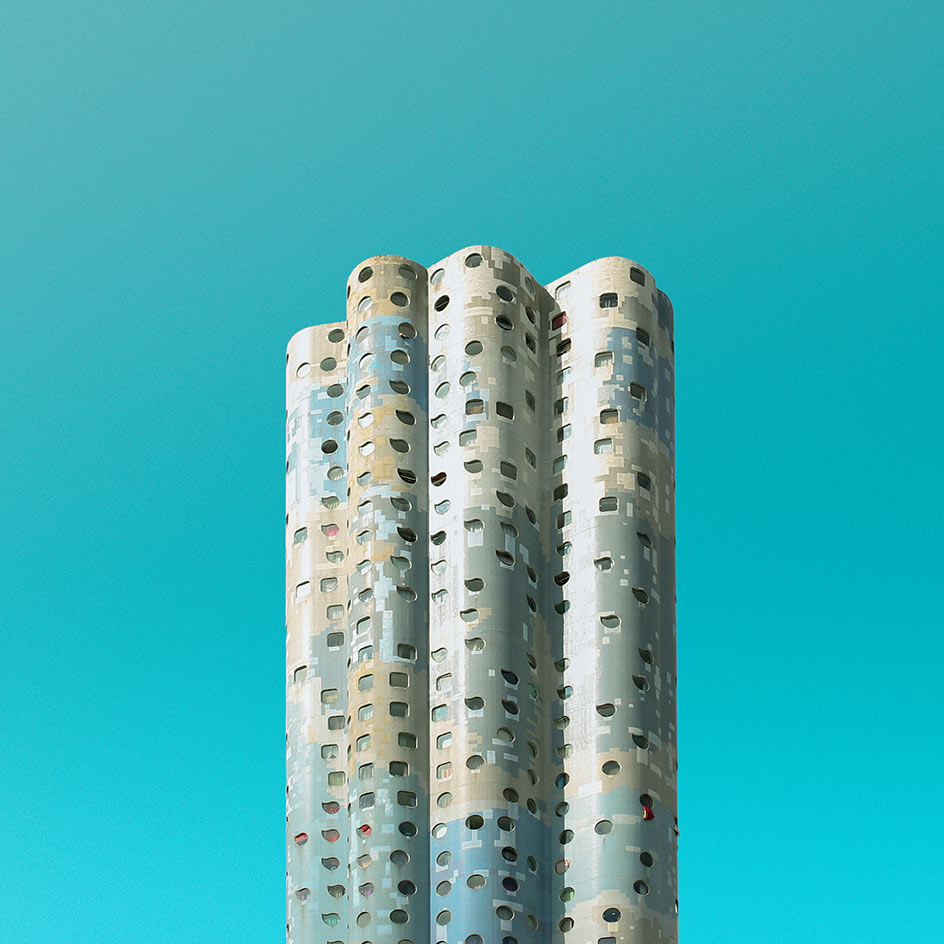
Nanterre, from the series Fauborg.
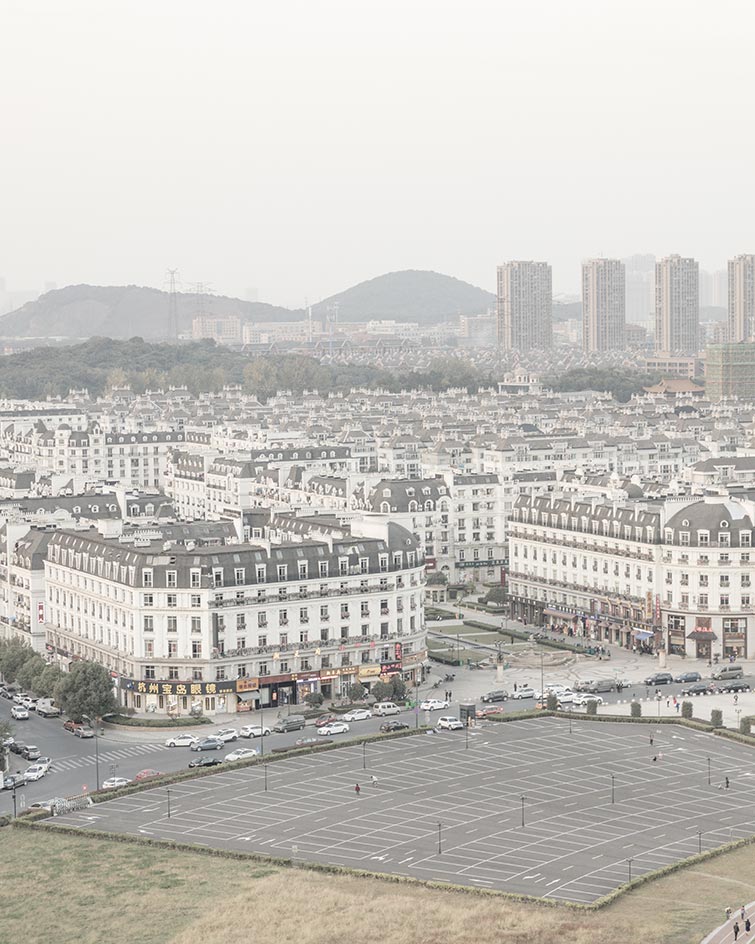
View of Tianducheng, a ‘fake’ Paris located in China
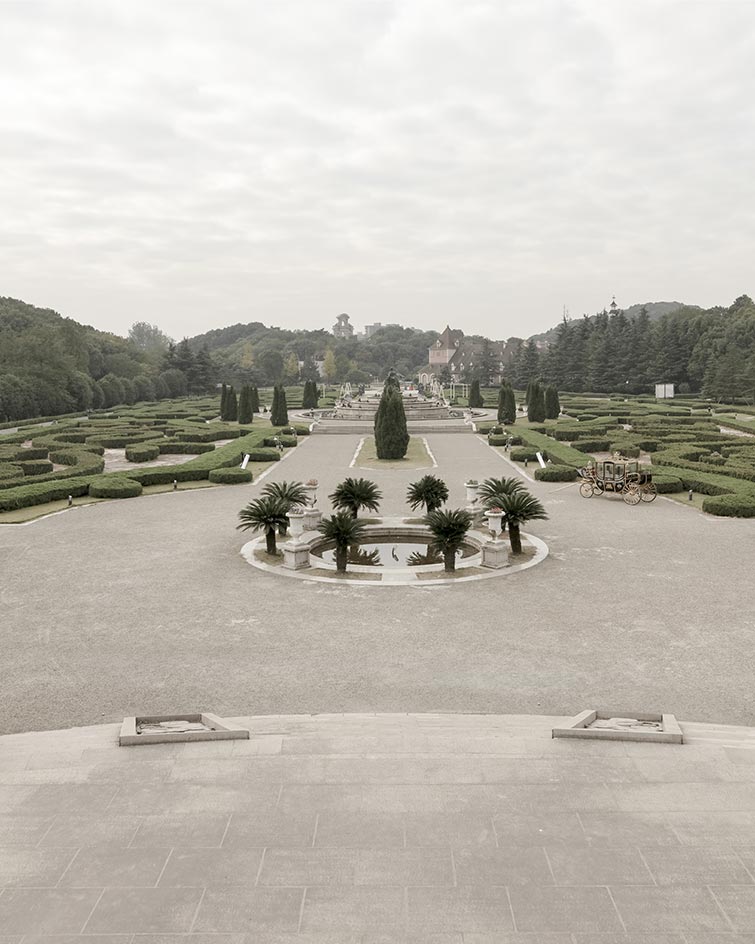
China’s Versailles gardens.
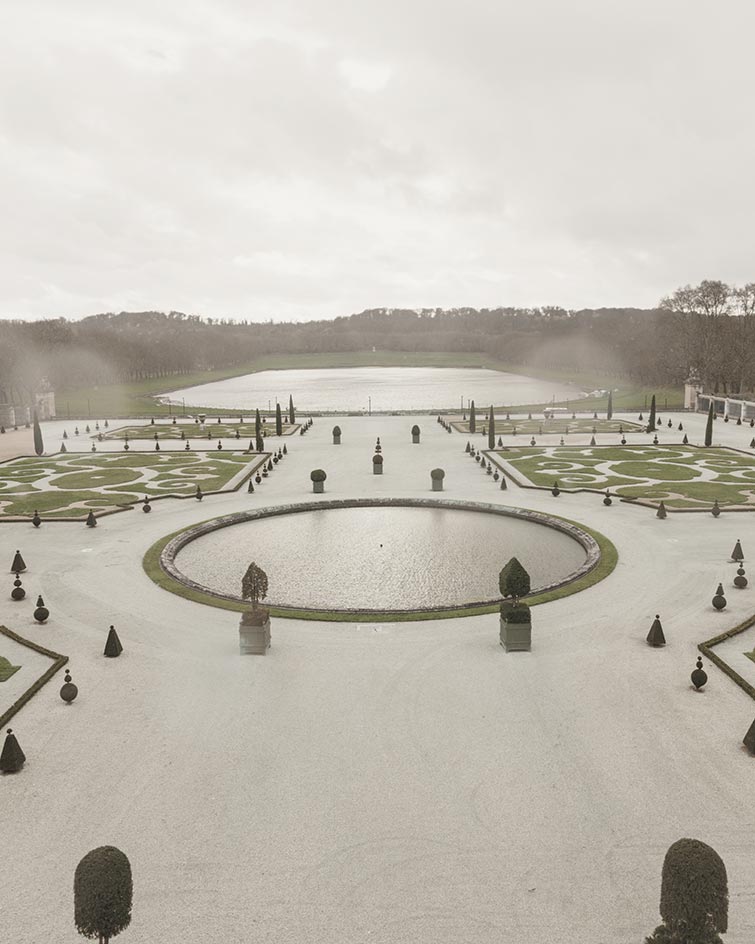
The original Versailles gardens in Paris

A Chinese block front.
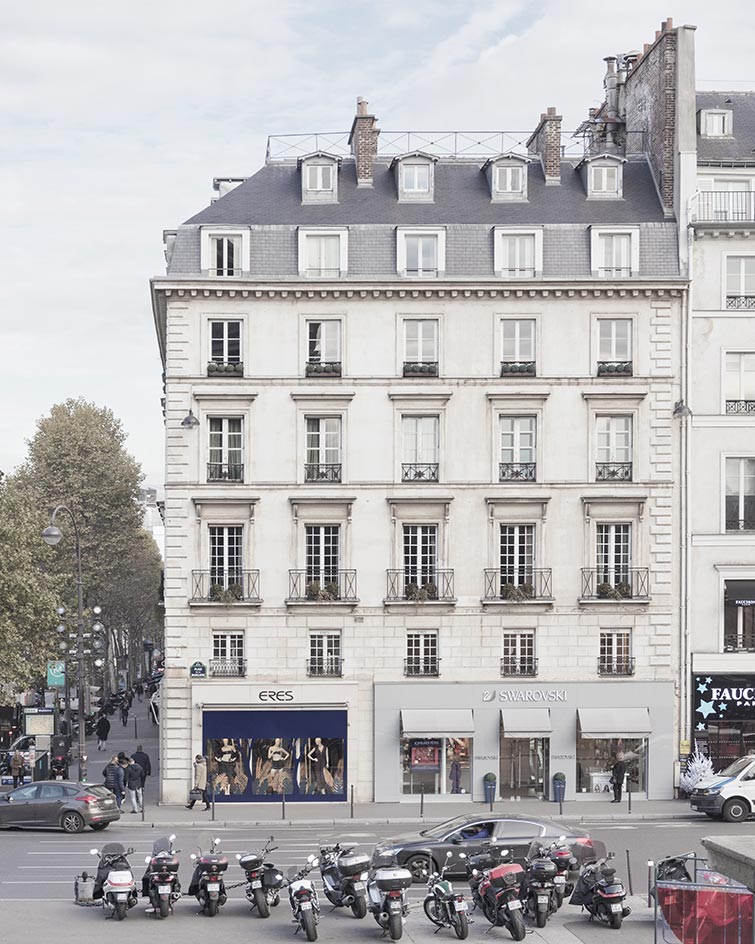
A Parisian block front
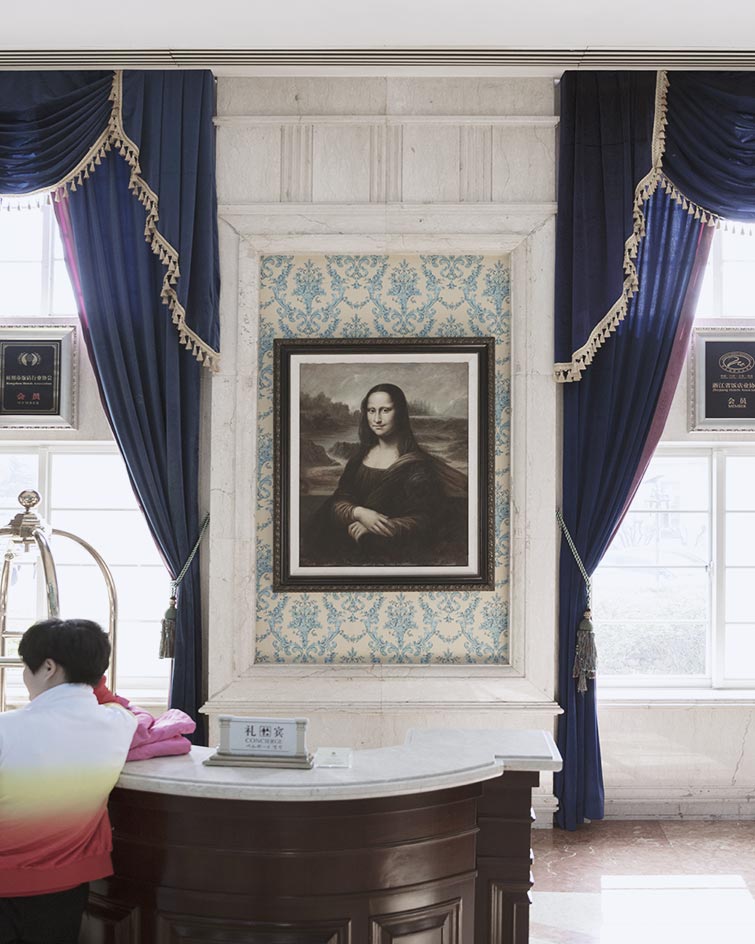
A Parisian block front
INFORMATION
‘Photo Stories’ is on view from 7 June – 16 November. For more information, visit François Prost’s website and the Superette website
ADDRESS
Superette Gallery
104 rue du Faubourg Poissonnière
75010 Paris
Wallpaper* Newsletter
Receive our daily digest of inspiration, escapism and design stories from around the world direct to your inbox.
Charlotte Jansen is a journalist and the author of two books on photography, Girl on Girl (2017) and Photography Now (2021). She is commissioning editor at Elephant magazine and has written on contemporary art and culture for The Guardian, the Financial Times, ELLE, the British Journal of Photography, Frieze and Artsy. Jansen is also presenter of Dior Talks podcast series, The Female Gaze.
-
 Tour the best contemporary tea houses around the world
Tour the best contemporary tea houses around the worldCelebrate the world’s most unique tea houses, from Melbourne to Stockholm, with a new book by Wallpaper’s Léa Teuscher
By Léa Teuscher
-
 ‘Humour is foundational’: artist Ella Kruglyanskaya on painting as a ‘highly questionable’ pursuit
‘Humour is foundational’: artist Ella Kruglyanskaya on painting as a ‘highly questionable’ pursuitElla Kruglyanskaya’s exhibition, ‘Shadows’ at Thomas Dane Gallery, is the first in a series of three this year, with openings in Basel and New York to follow
By Hannah Silver
-
 Australian bathhouse ‘About Time’ bridges softness and brutalism
Australian bathhouse ‘About Time’ bridges softness and brutalism‘About Time’, an Australian bathhouse designed by Goss Studio, balances brutalist architecture and the softness of natural patina in a Japanese-inspired wellness hub
By Ellie Stathaki
-
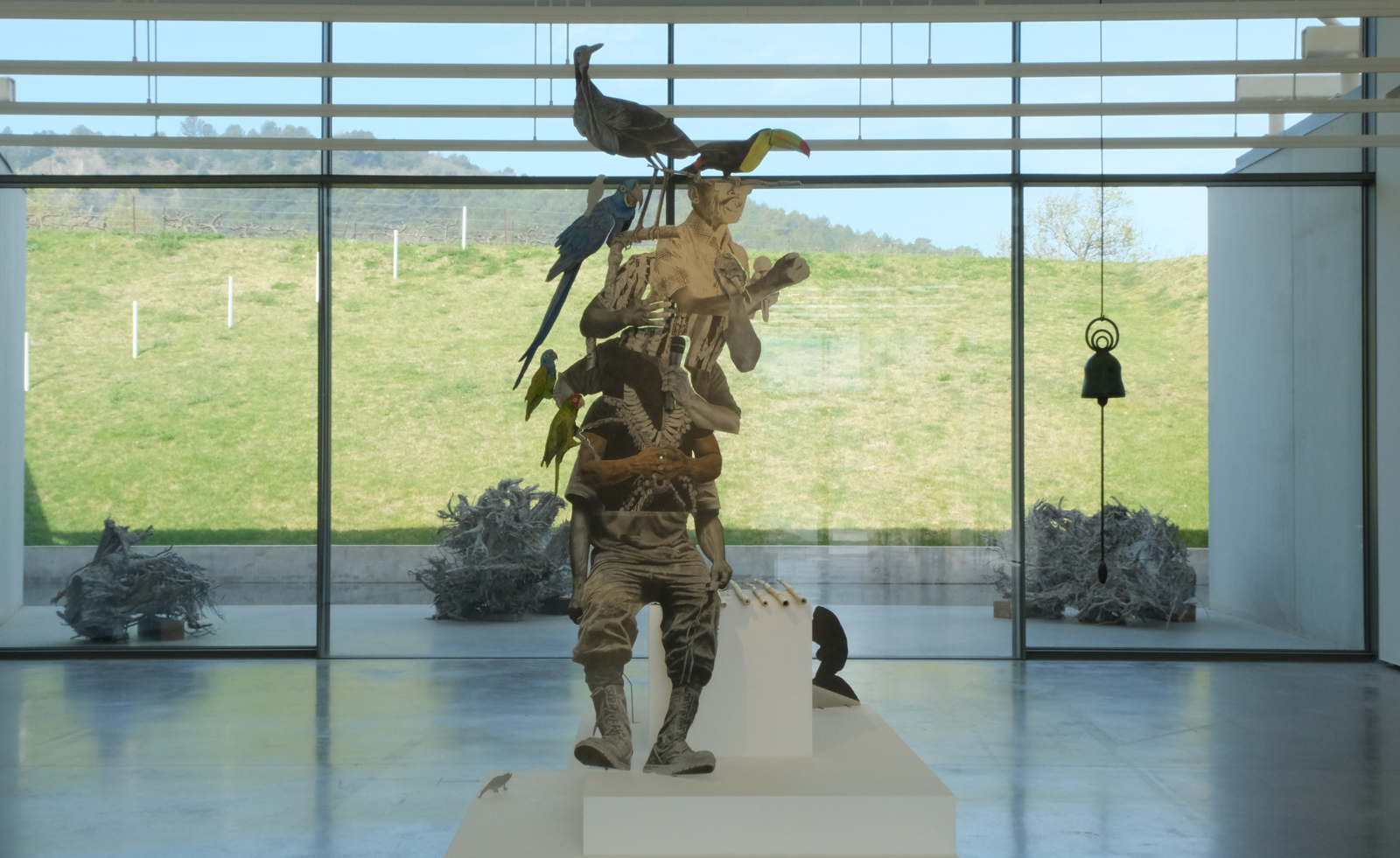 Contemporary artist collective Poush takes over Château La Coste
Contemporary artist collective Poush takes over Château La CosteMembers of Poush have created 160 works, set in and around the grounds of Château La Coste – the art, architecture and wine estate in Provence
By Amy Serafin
-
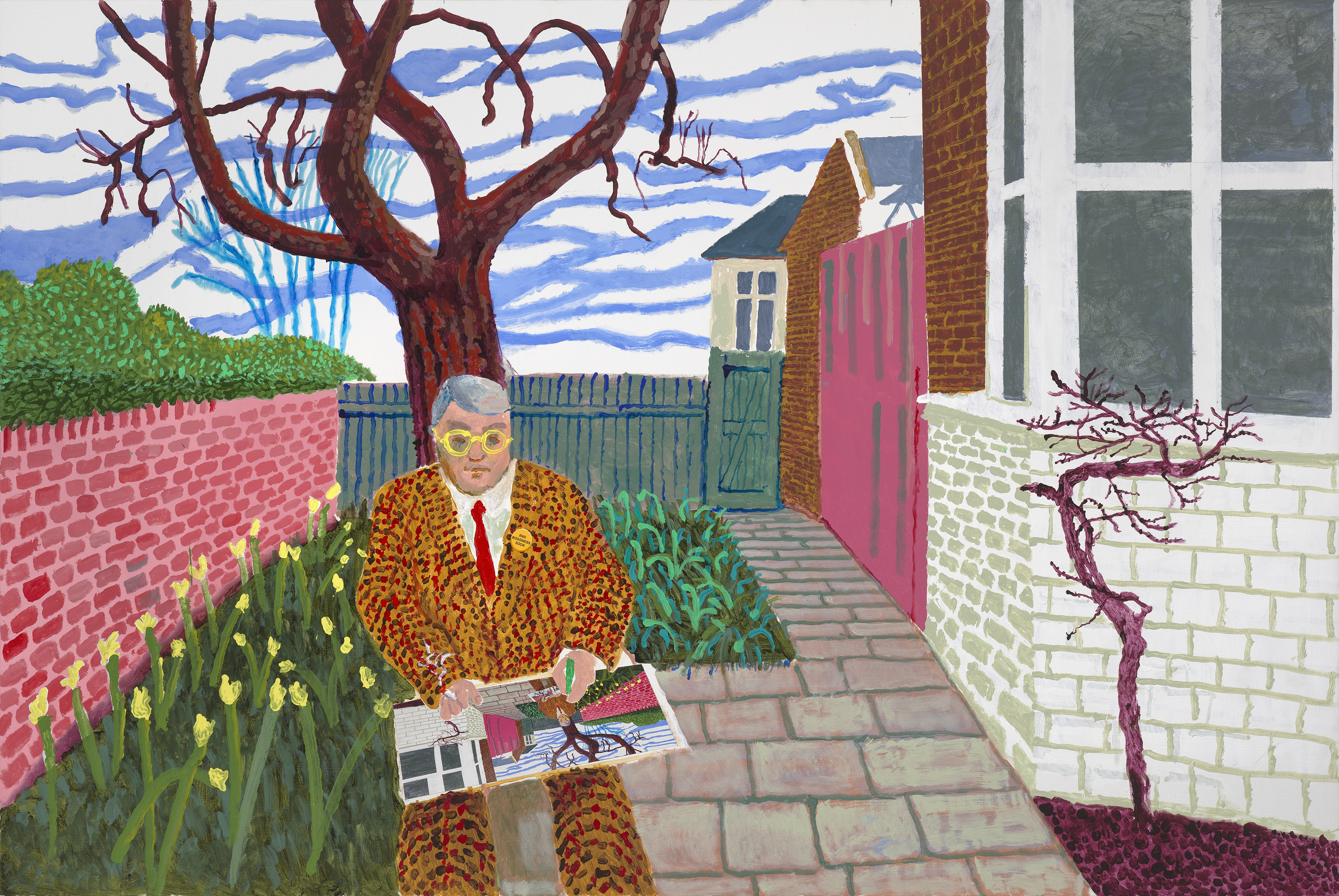 ‘David Hockney 25’: inside the artist’s blockbuster Paris show
‘David Hockney 25’: inside the artist’s blockbuster Paris show‘David Hockney 25’ has opened at Fondation Louis Vuitton in Paris. Wallpaper’s Hannah Silver took a tour of the colossal, colourful show
By Hannah Silver
-
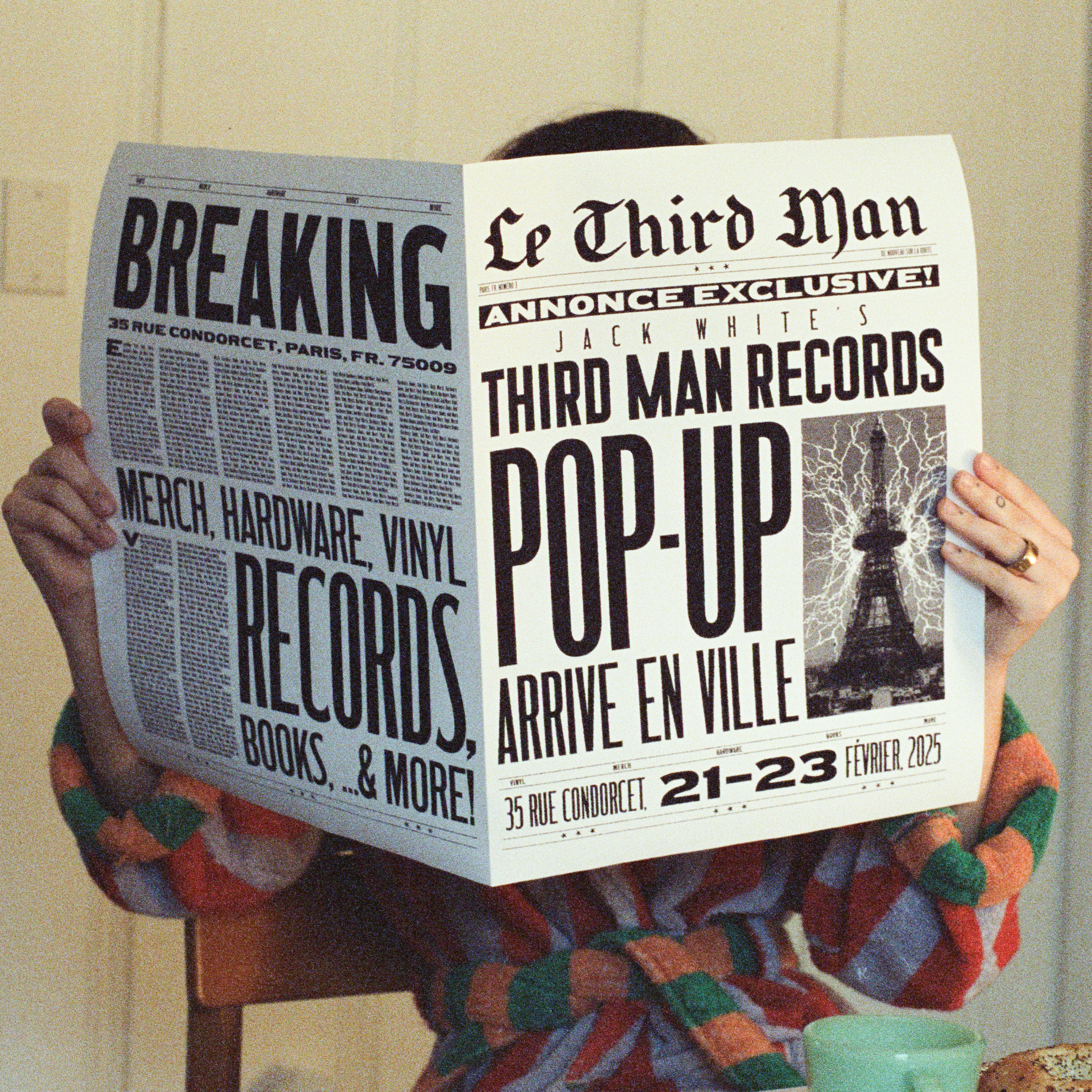 Jack White's Third Man Records opens a Paris pop-up
Jack White's Third Man Records opens a Paris pop-upJack White's immaculately-branded record store will set up shop in the 9th arrondissement this weekend
By Charlotte Gunn
-
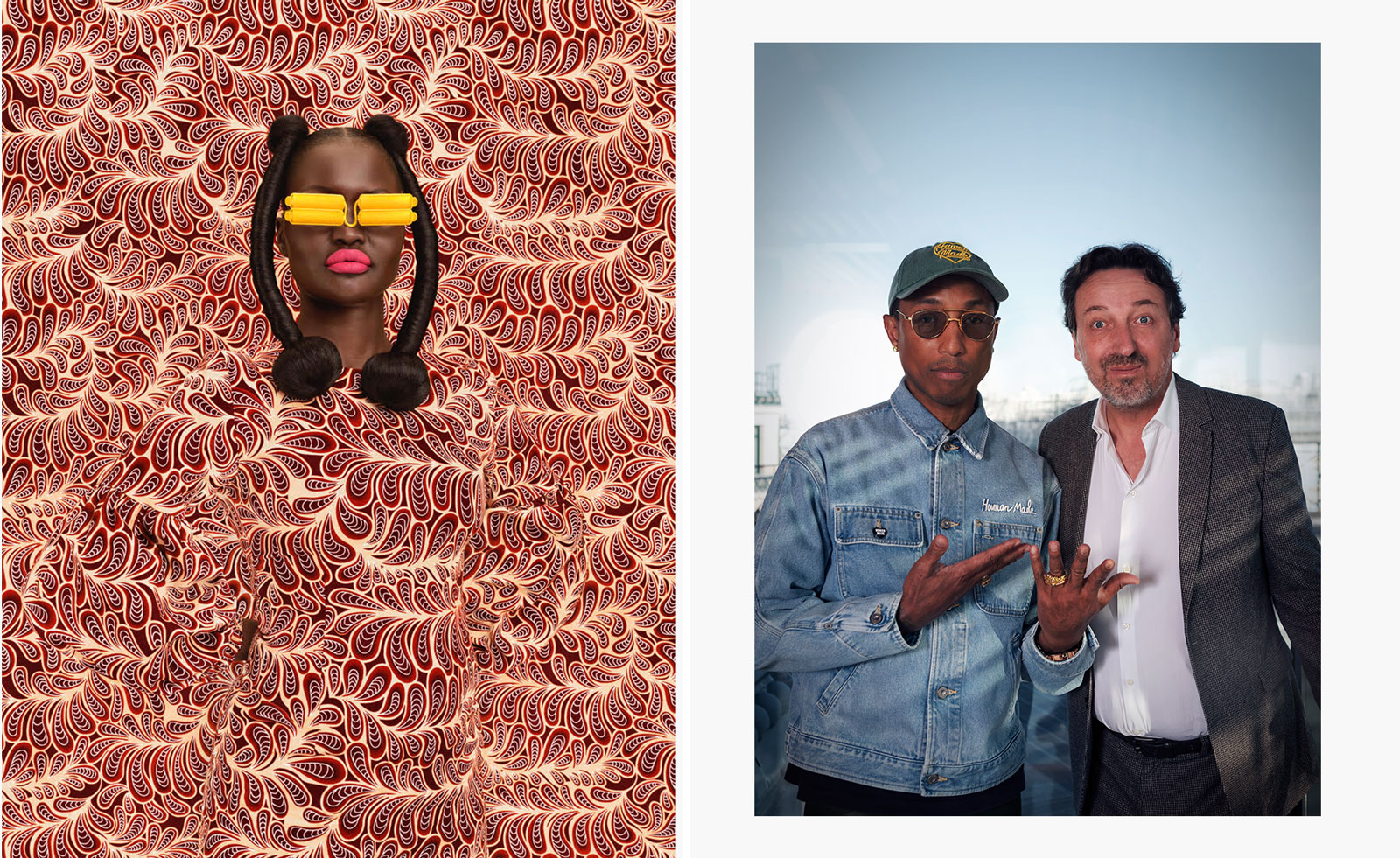 ‘The Black woman endures a gravity unlike any other’: Pharrell Williams explores diverse interpretations of femininity in Paris
‘The Black woman endures a gravity unlike any other’: Pharrell Williams explores diverse interpretations of femininity in ParisPharrell Williams returns to Perrotin gallery in Paris with a new group show which serves as an homage to Black women
By Amy Serafin
-
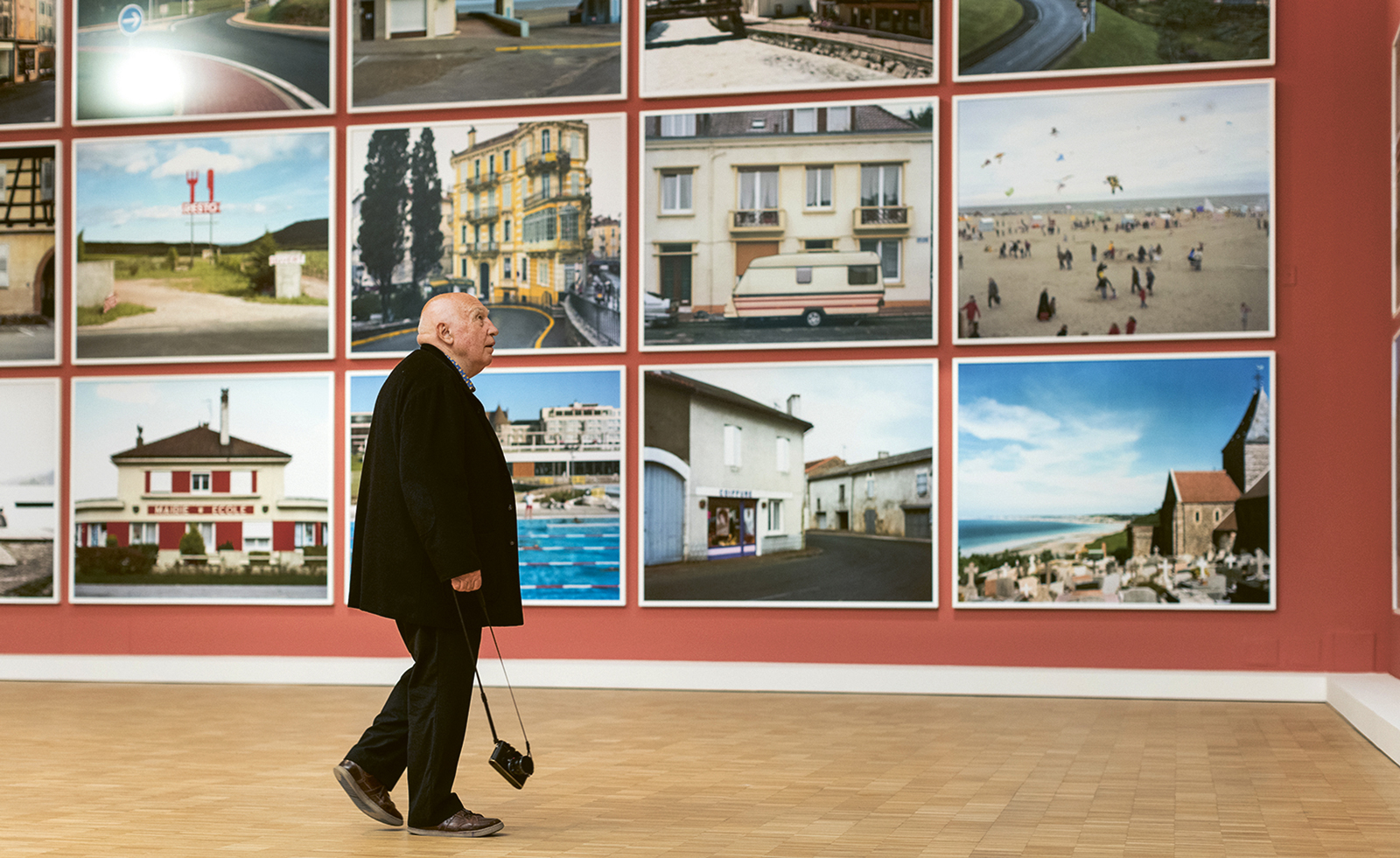 What makes fashion and art such good bedfellows?
What makes fashion and art such good bedfellows?There has always been a symbiosis between fashion and the art world. Here, we look at what makes the relationship such a successful one
By Amah-Rose Abrams
-
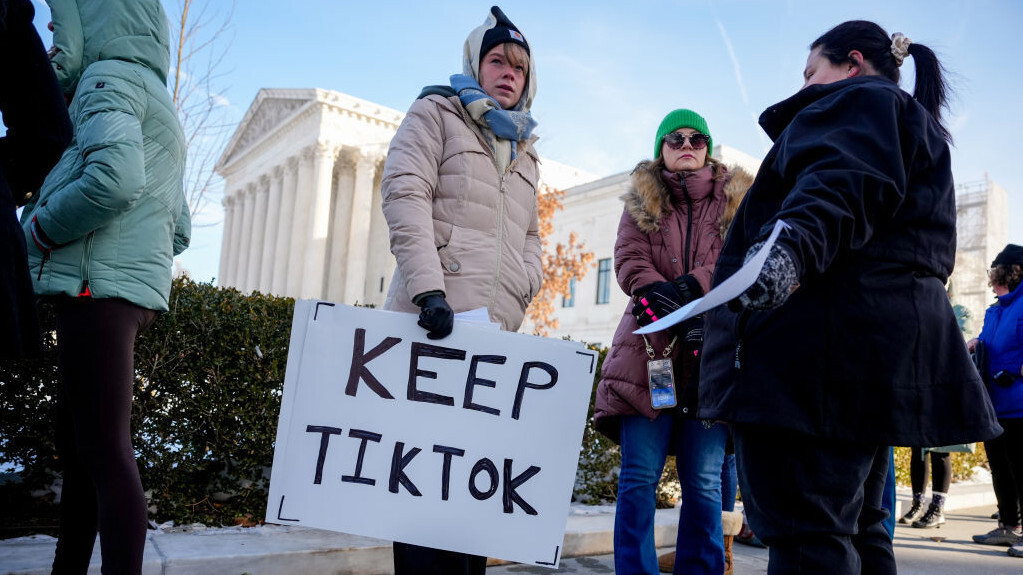 What is RedNote? Inside the social media app drawing American users ahead of the US TikTok ban
What is RedNote? Inside the social media app drawing American users ahead of the US TikTok banDownloads of the Chinese-owned platform have spiked as US users look for an alternative to TikTok, which faces a ban on national security grounds. What is Rednote, and what are the implications of its ascent?
By Anna Solomon
-
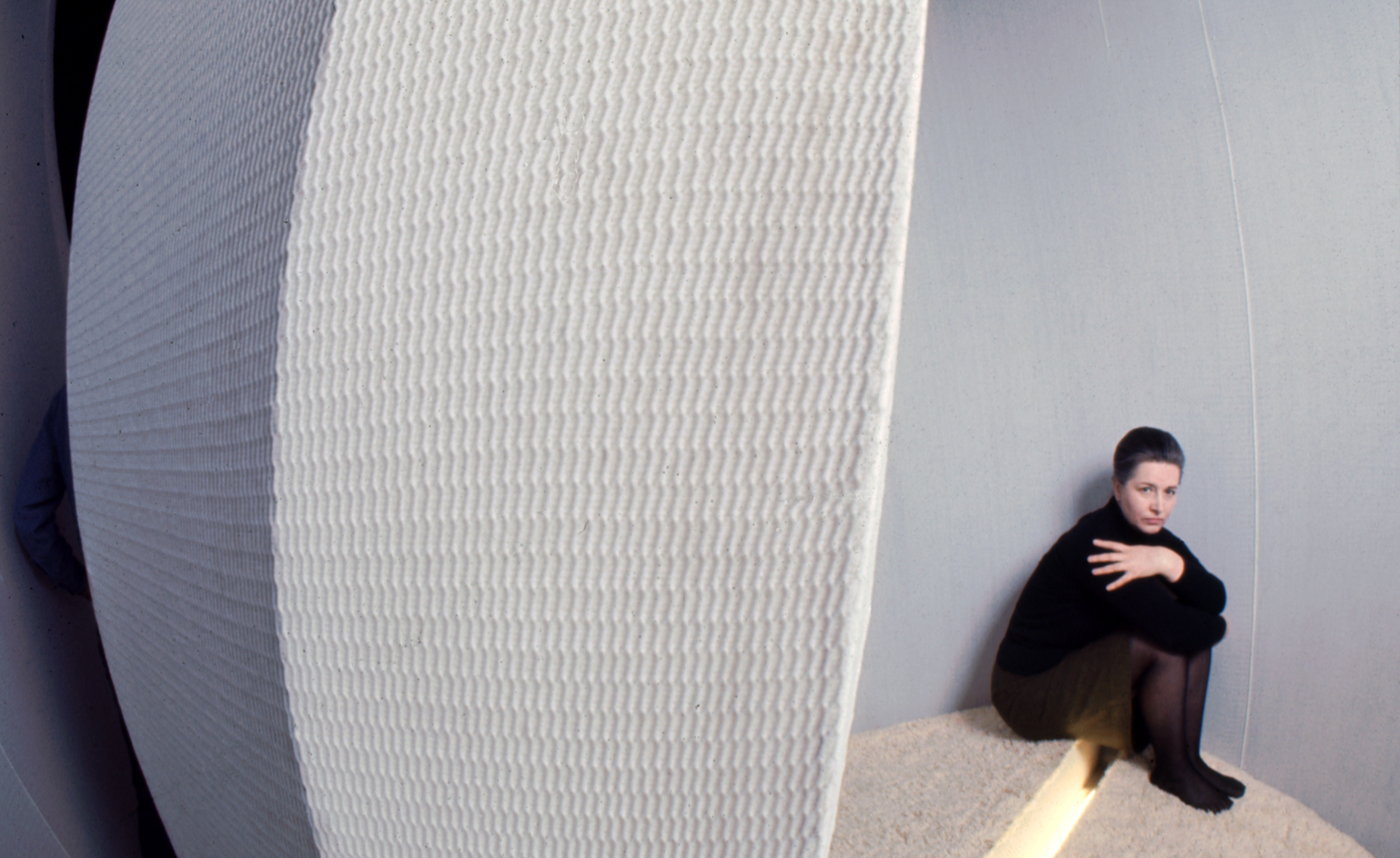 Architecture, sculpture and materials: female Lithuanian artists are celebrated in Nîmes
Architecture, sculpture and materials: female Lithuanian artists are celebrated in NîmesThe Carré d'Art in Nîmes, France, spotlights the work of Aleksandra Kasuba and Marija Olšauskaitė, as part of a nationwide celebration of Lithuanian culture
By Will Jennings
-
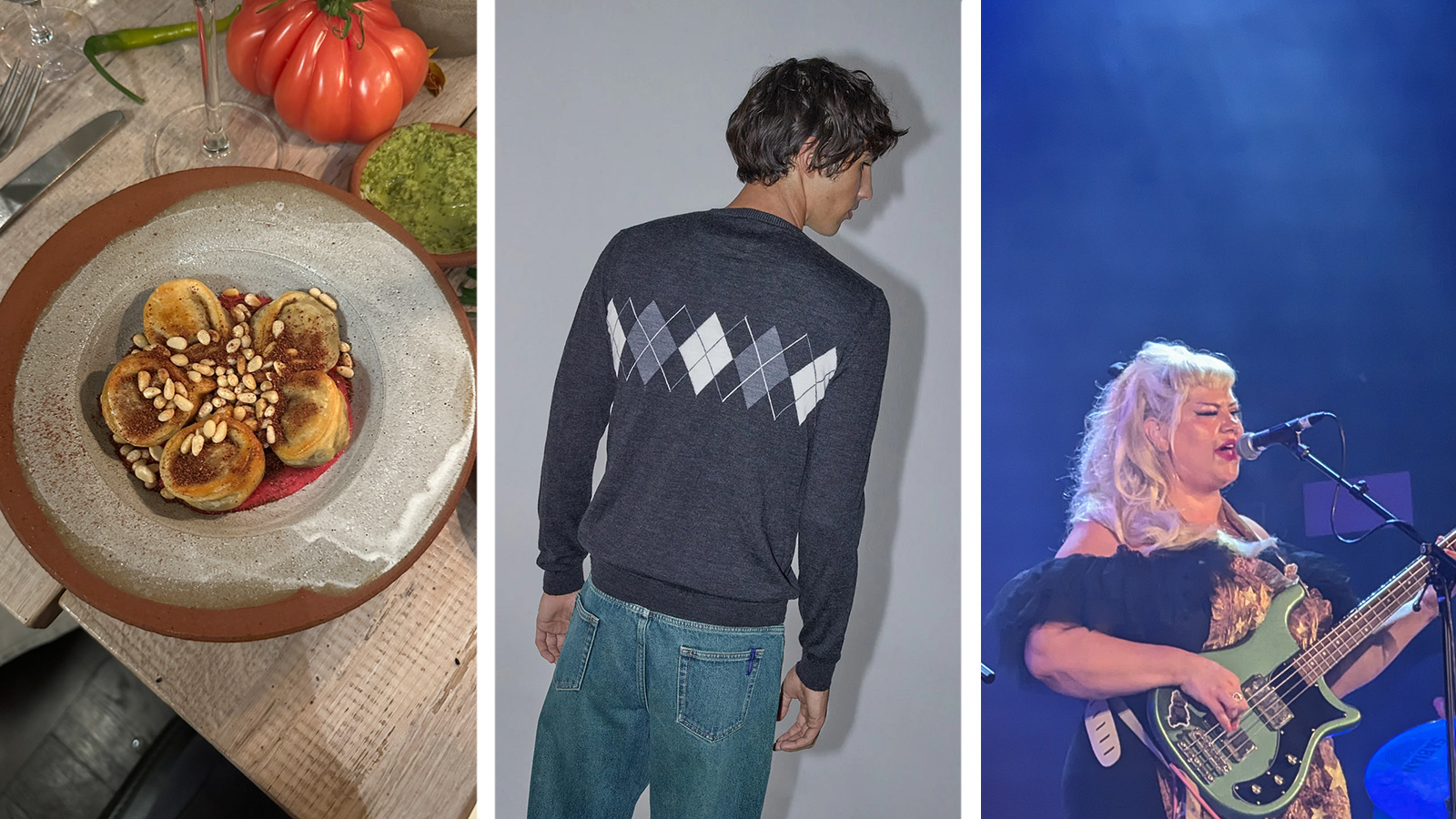 Out of office: what the Wallpaper* editors have been doing this week
Out of office: what the Wallpaper* editors have been doing this weekInvesting in quality knitwear, scouting a very special pair of earrings and dining with strangers are just some of the things keeping the Wallpaper* team occupied this week
By Bill Prince